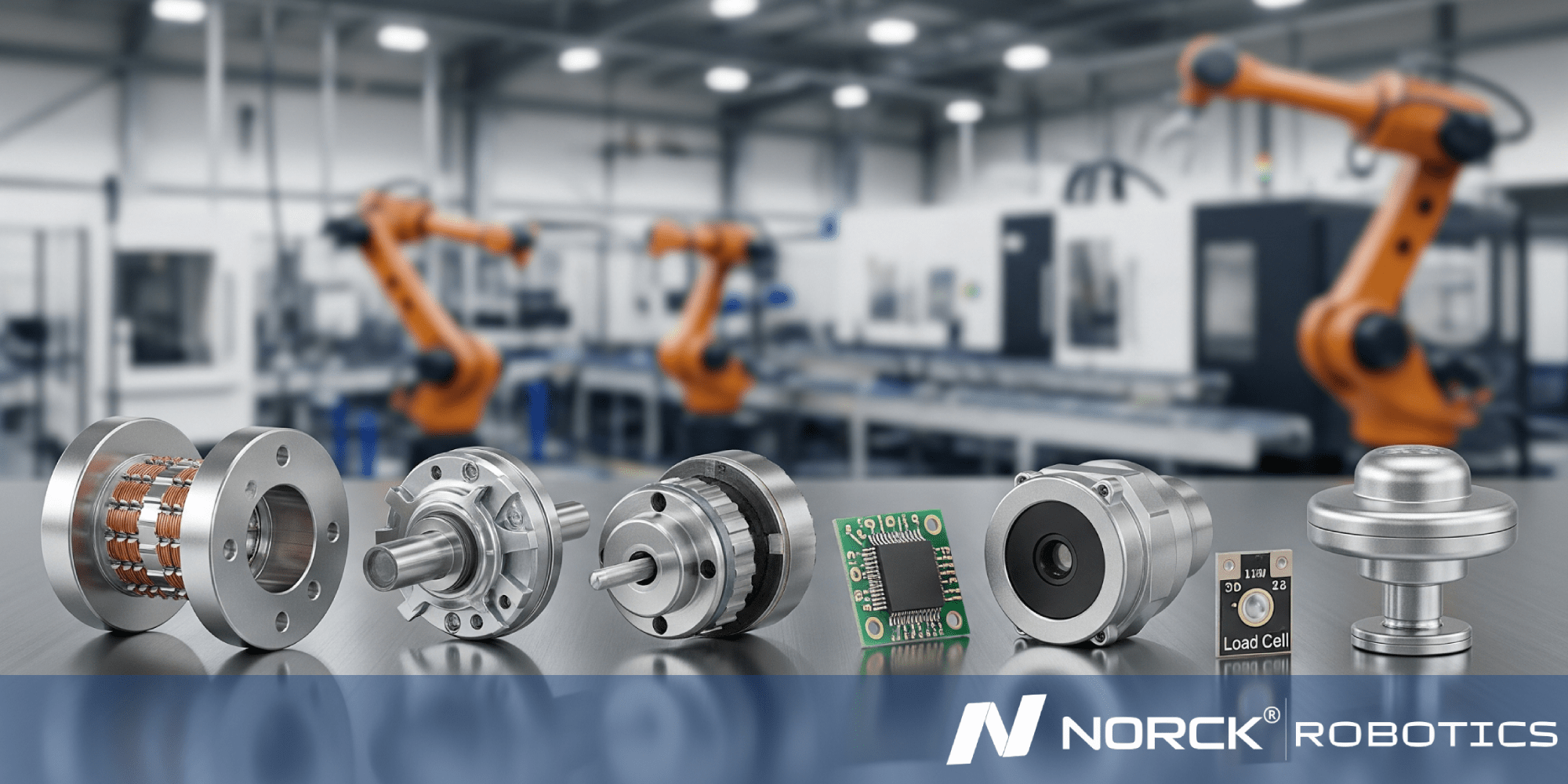

Ready to automate your future? Get a quote from Norck Robotics now!
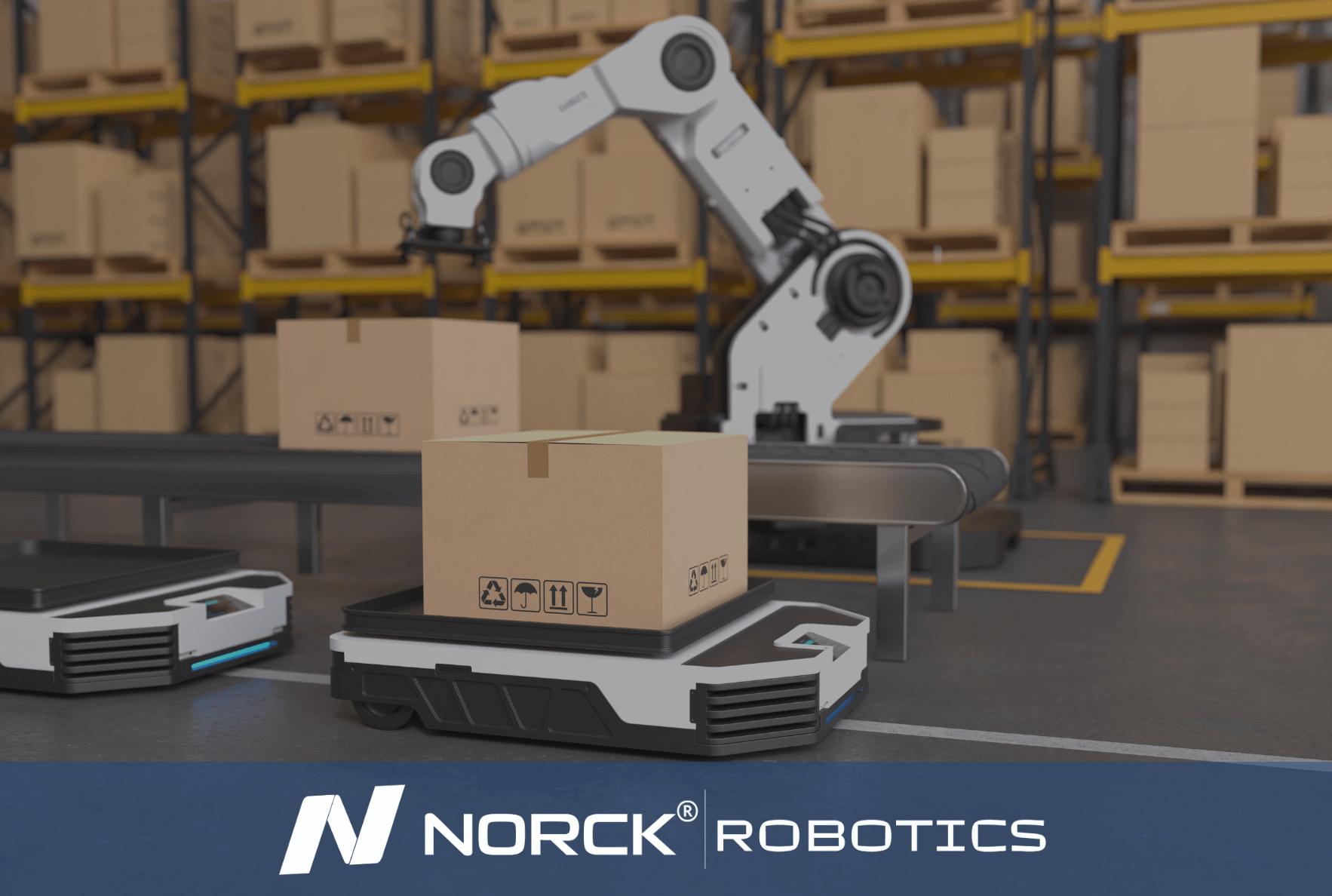
Norck Robotics specializes in providing unique robotic automation and engineering solutions designed to meet the specific operational needs of each client. Our expertise covers a wide range of industries and applications.
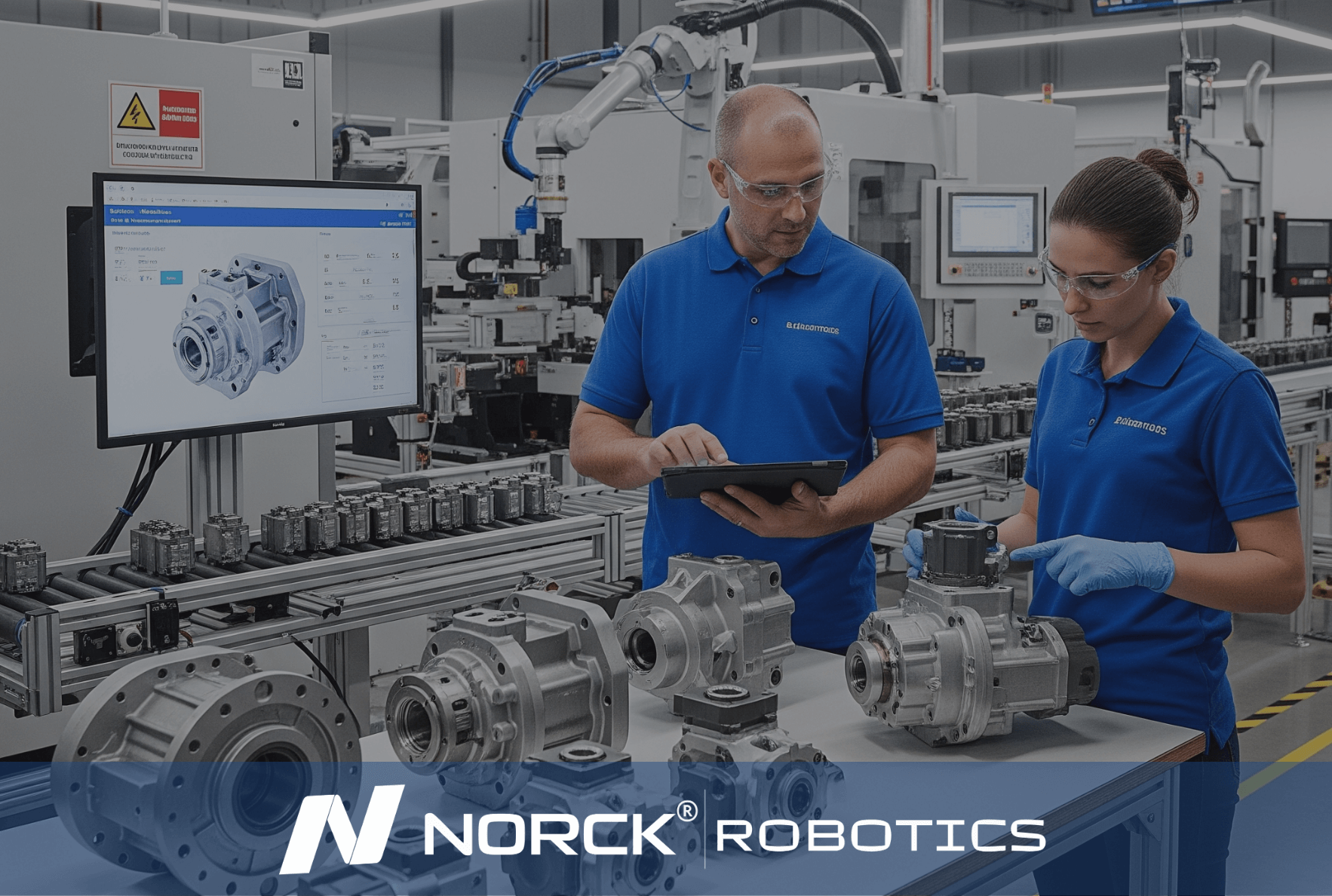
Norck Robotics delivers turnkey robotic automation and engineering solutions tailored to your specific needs across various industries.

Whether you need a single robotic cell prototype or full-scale factory automation, Norck Robotics engineers are ready to collaborate with you to bring your concept to life.
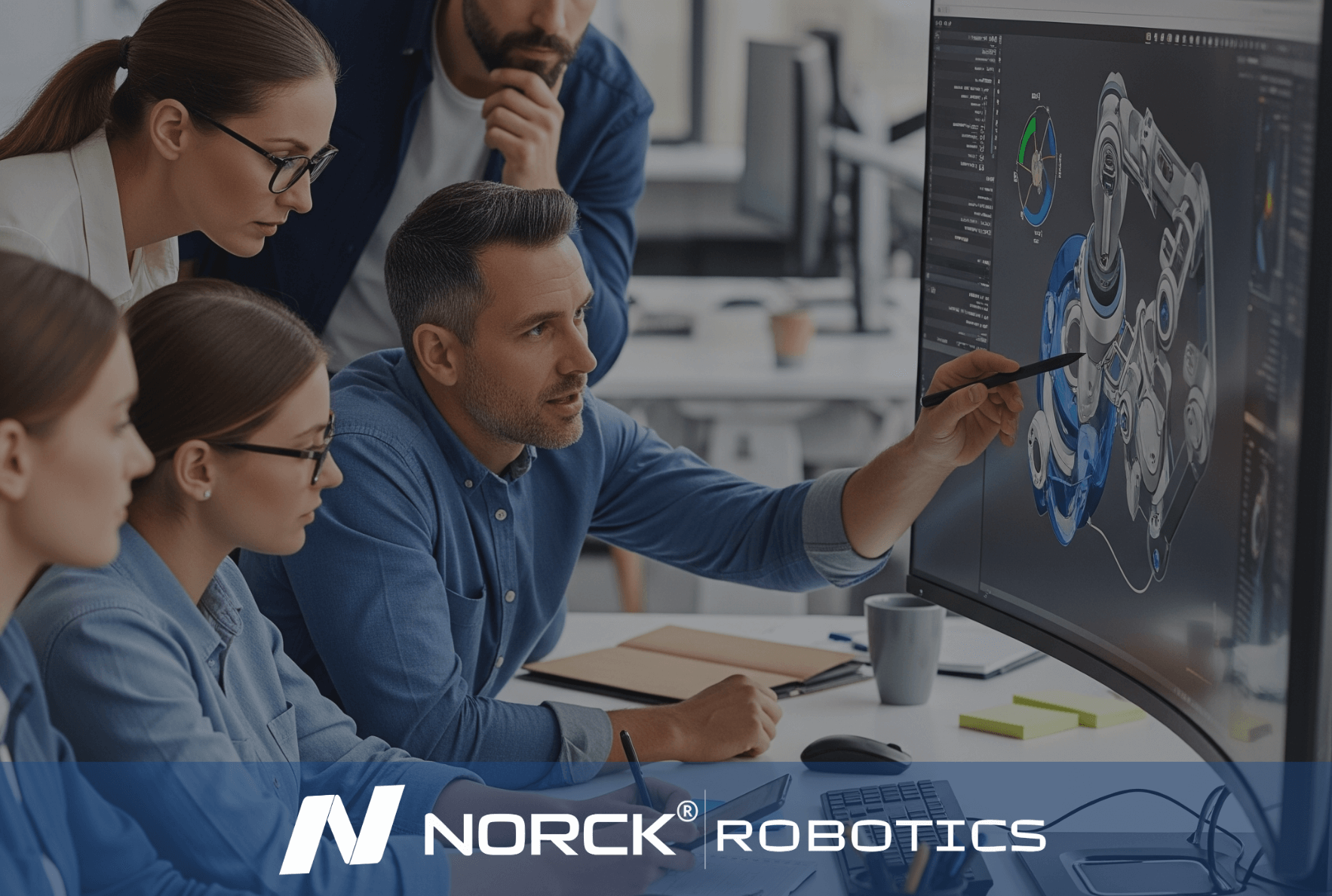
Norck Robotics engineers analyze your existing processes to provide feedback that enhances efficiency, cost-effectiveness, and productivity for robotic integration.
Modern automation and robotics rely on a wide range of sensors to provide accurate feedback for control systems. While encoders and resolvers are the most common, many other sensor types play a crucial role in monitoring motion, force, pressure, and environmental conditions. Selecting the right feedback sensor ensures optimal system performance, safety, and reliability.
Non-contact sensor for precise linear displacement; widely used in aerospace and automation.
Measure rotational speed of motors/shafts; provide analog or digital output for speed control.
Detect force, weight, or load; common in robotics and material testing.
Measure acceleration and vibration; used in machinery monitoring, vehicles, and devices.
Provide angular velocity data; essential in navigation, drones, and robotics.
Detect gas or liquid pressure; used in HVAC, hydraulics, and fluid systems.
Thermocouples, RTDs, and thermistors track heat in manufacturing and electronics.
Sense presence/absence of objects for automation and safety systems.
Detect magnetic fields for position/speed; often used in motors and vehicles.
Measure mechanical strain in structures and aerospace applications.
These sensors complement or compete with encoders and resolvers, depending on application needs for accuracy, reliability, and performance.

In addition to its own expert engineering team, Norck Robotics provides access to a network of hundreds of top-tier system integrators, robot manufacturers, and component suppliers across the United States, Germany, and Europe.

Working with Norck Robotics reduces dependency on manual labor, increases production consistency, and secures your operations against unforeseen disruptions, quality issues, and fluctuations. This enhances your company's supply chain resilience.
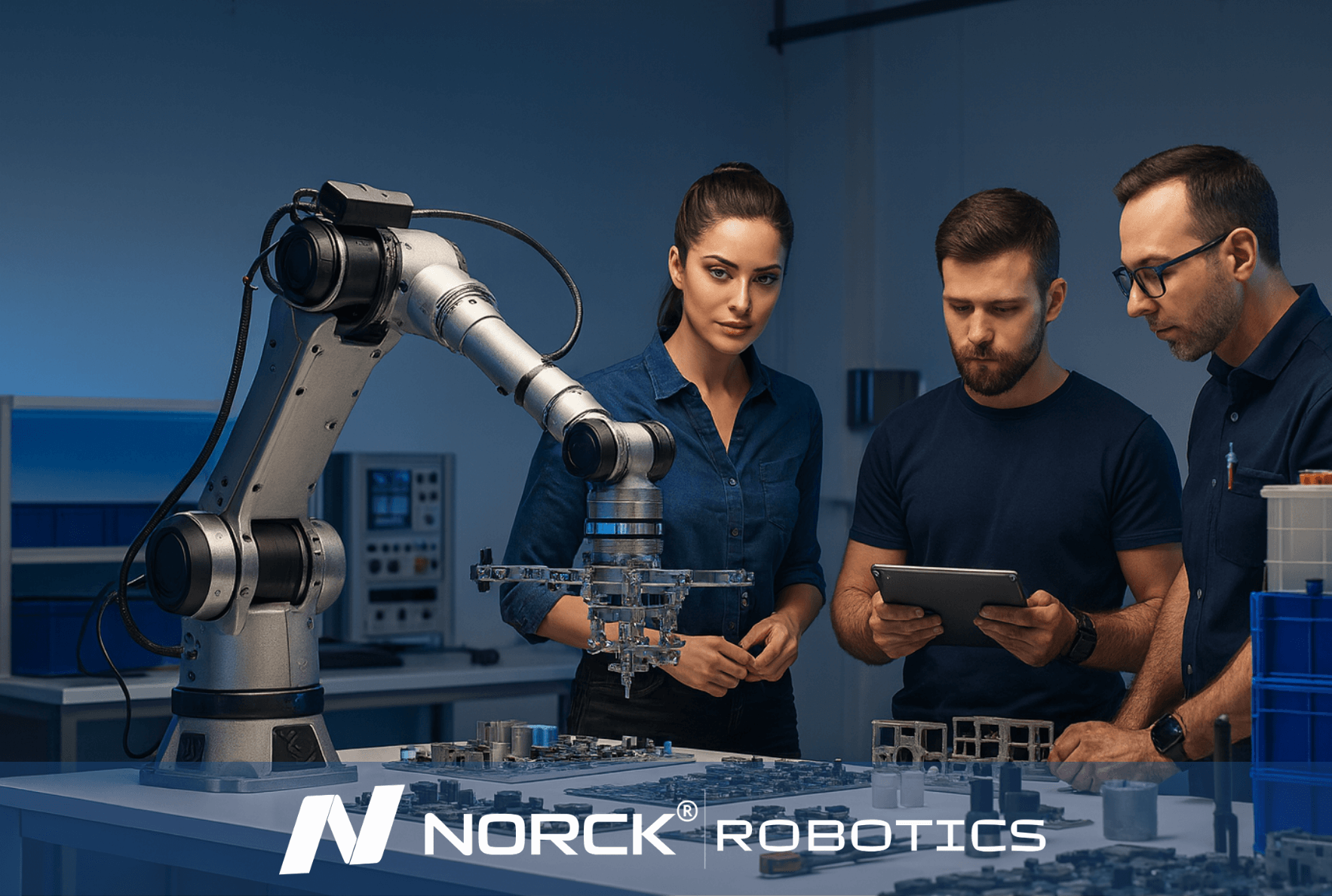
Norck Robotics advances digital automation by developing custom-designed robot grippers, advanced vision systems, and innovative simulation software. With an AI-driven, data-centric approach, it enables smarter system design, optimal performance, and predictive maintenance solutions.
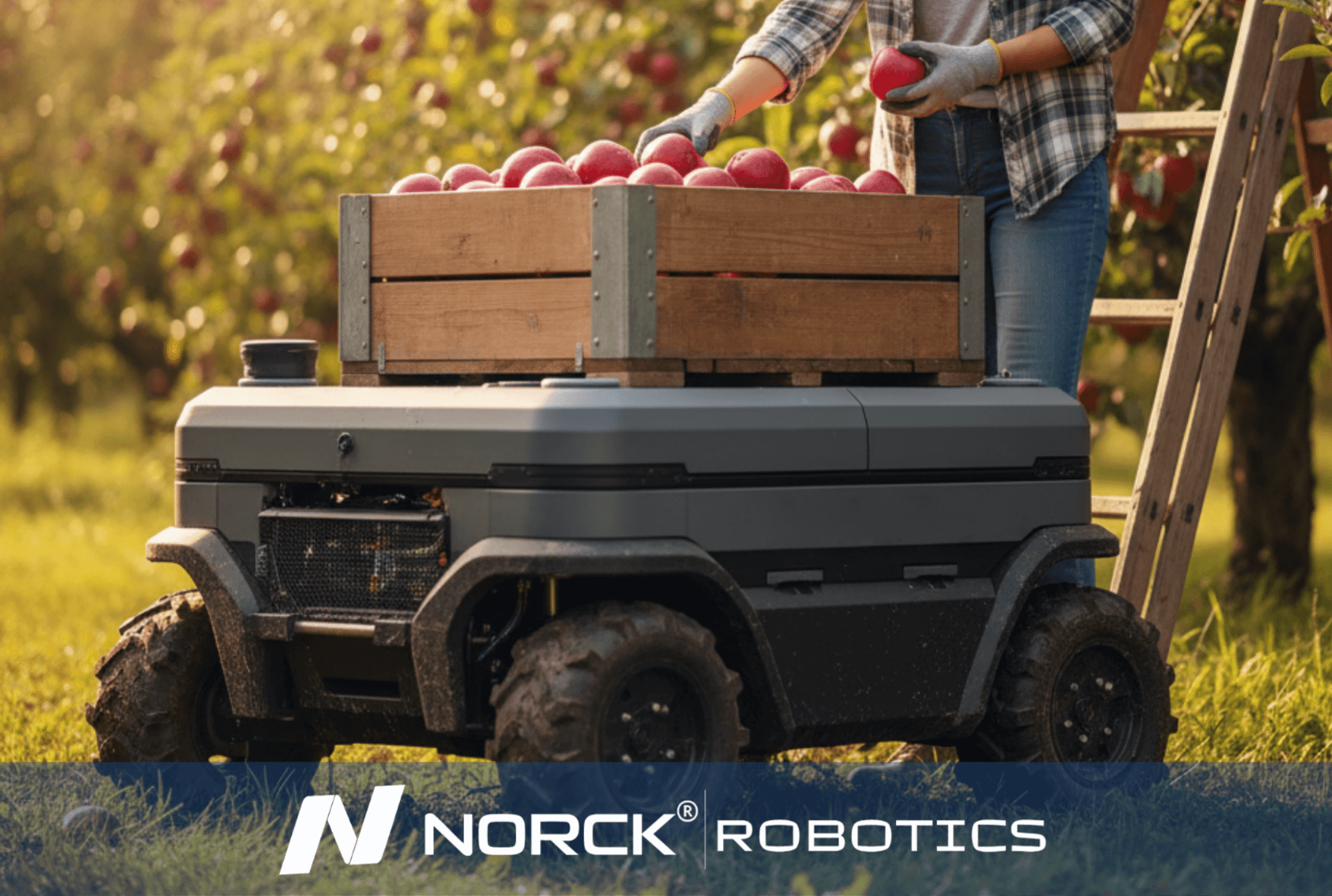
Norck Robotics encourages its partners to be carbon-neutral by reducing energy consumption and material waste through the efficiency of robotic automation, and prioritizes environmentally conscious suppliers.
LVDT is chosen when you need high-precision, contactless linear displacement measurement—such as in hydraulic actuator position feedback, material testing machines or precision assembly equipment.
Tachometer is selected for direct, real-time rotational speed feedback in motor control, conveyor monitoring or any application requiring closed-loop speed regulation and over-speed protection.